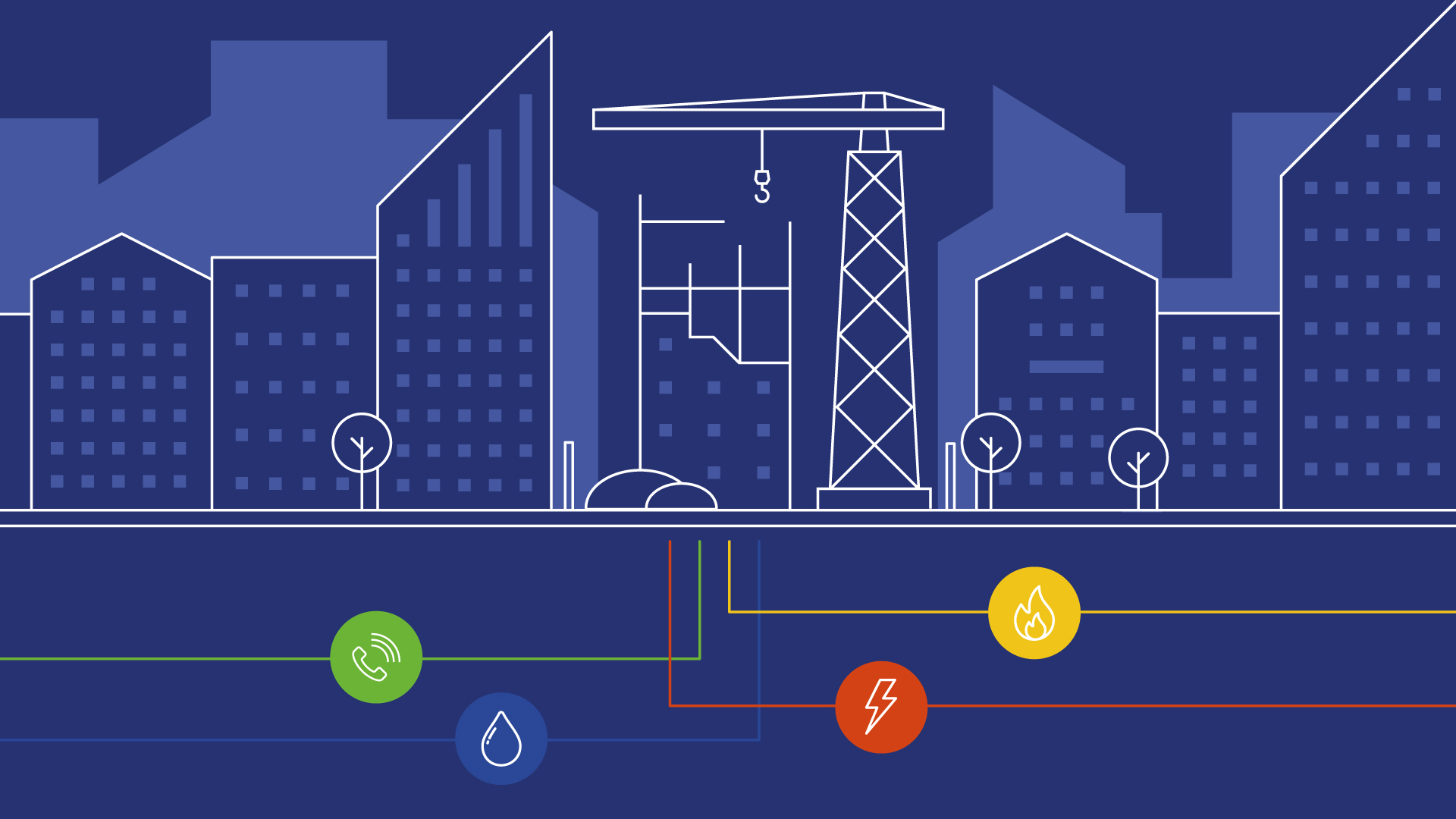In place to protect us, Health & Safety Regulations are of particular importance for those whose jobs involve working around utilities. Here we look at Avoiding Danger from Overhead Power Lines Guidance Note (GS6).
What does Avoiding Danger from Overhead Power Lines Guidance Note (GS6) cover?
Every year, a number of people are killed or seriously injured as a result of coming into contact with live overhead electricity power lines. Avoiding Danger from Overhead Power Lines Guidance Note (GS6) outlines the steps that should be taken to prevent contact with live wires.
Who needs to know about GS6?
This guidance is relevant to anyone involved in work, or the supervision of work, near live overhead power lines. It is safest to always assume that a power line is live unless the owner of the line has confirmed otherwise.
How dangerous are live overhead electricity power lines?
Live overhead electricity power lines are very dangerous! The most common incidents of injury or death caused by contact with live overhead power lines, involve:
- Machinery, for example cranes, lorry-loader cranes, combine harvesters, and tipping trailers
- Equipment such as scaffold tubes and ladders
- Work activities including loading, unloading, lifting, spraying, and stacking
- Failure to spot overhead power lines due to weather conditions, environment (such as trees) or human judgement
It is crucial to remember that an overhead wire does not actually have to be touched to cause serious injury or death; electricity can jump, or arc, across small gaps.
What aspects does GS6 cover?
This guidance looks at the risks of working in close proximity to live overhead electricity power lines and the precautions that should be taken. There is a legal requirement that work should only be carried out near to live overhead lines when there is no alternative and only when the risks are acceptable and can be properly controlled. G6 also outlines information such as the types of overhead power lines, their heights and the level of insulation or covering that can be expected but not guaranteed. A precautionary approach should always be taken along with consultation with the owner of the line.
Risk control to prevent overhead power line contact accidents
If you intend to work within a distance of 10m of a live power line (measured at ground level horizontally from below the nearest wire), it is vital to manage risk. Ideally the line should be switched off, permanently diverted away from the work area or replaced with underground cables; contact the line owner to explore these options. If there is no alternative but to work near the overhead line, use your site-specific risk assessment to determine whether or not the work can go ahead. Safety is paramount and if the work cannot be carried out safely it should not go ahead at all.
Precautions for working near or under overhead lines
If the work is to be carried out near, but not actually beneath an overhead power line, create a safety zone using ground-level barriers. This will prevent machinery or people from entering the danger zone.
Where it is essential for machinery that will breach the safety clearance distance to pass under the overhead wires, it will be necessary to create a passageway through the barriers.
For work that needs to be carried out under live overhead power lines that incurs no risk of accidental contact, no further precautions are required. This includes work such as grass cutting, pipe laying and road works. It also covers activity such as farming or erection of structures with the caveat that safe clearance distances will not be breached.
Will you be working near low-voltage overhead wires, or near wires covered with a material that does not provide effective insulation, connected to a building? This could be for short-term construction work, external painting or perhaps window cleaning. In this instance, ideally the power supply should be turned off or re-routed. If this is not possible, ask the line’s owner to fit insulating shrouds to the wires.
Emergency procedures for contact with an overhead line
Risk assessment must take into account any situations that could lead to danger from overhead wires. However, it is crucial that everyone involved knows what to do should a person or an object come into contact with an overhead line. More information can be found here.

